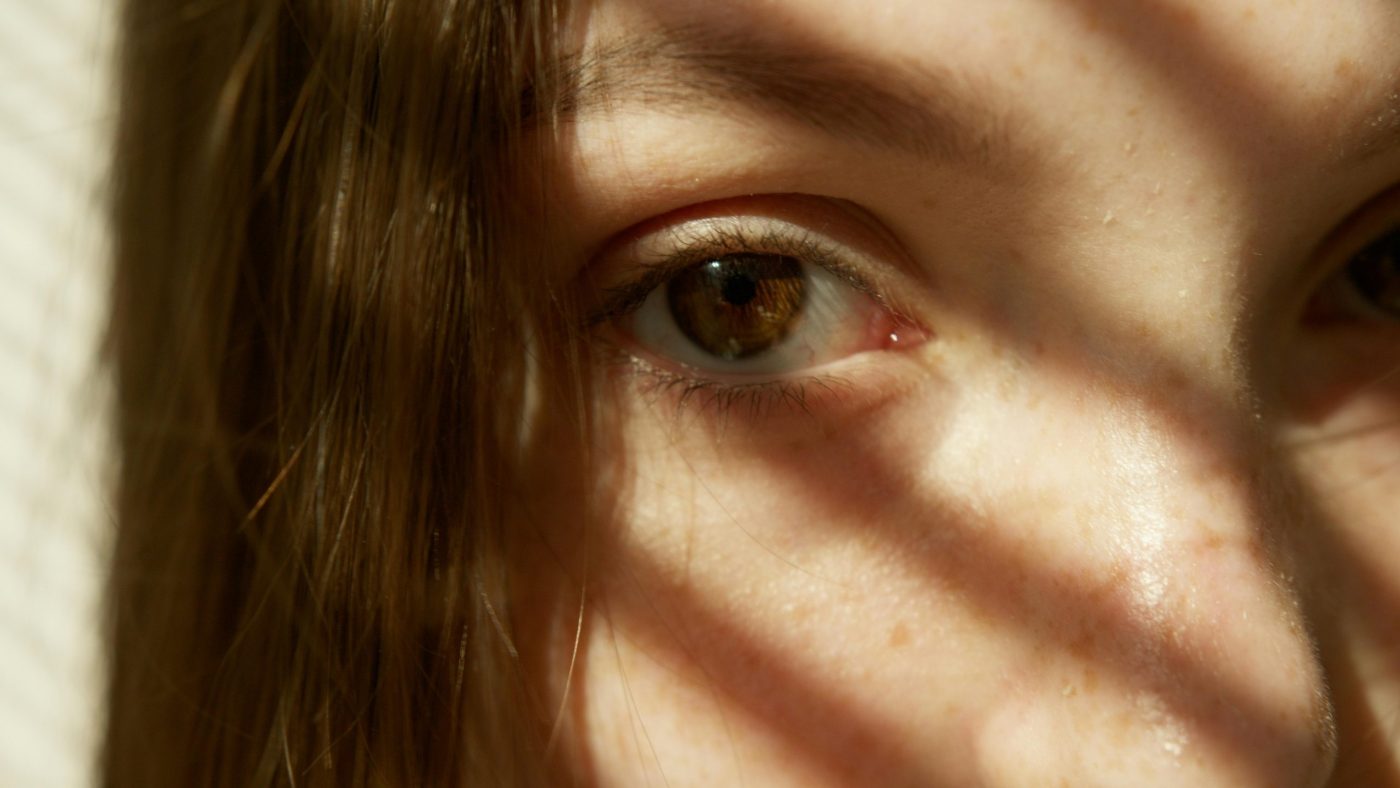Uncategorized
The symbolism of handlebars in Irish culture
handlebars
Estimated reading time: 6 minutes
- The handlebars symbolize both freedom and a connection to our childhood.
- Irish folklore intertwines with bicycle rides, shaping our cultural narratives.
- The diaspora maintains their heritage through memories associated with bikes.
Introduction | The Glory of the Open Road | Folklore on Two Wheels | The Heartbeats of the Diaspora | Resilience on Two Wheels | A Ties That Bind | Did You Know? | FAQs | Final Word
In every corner of Ireland, there lies a tale burdened with the laughter and sorrow, a spoken truth woven through the tapestry of our lives. Handlebars — a simple word, yet it conjures memories of childhood mischief, of wheels and whispers, and the freedom of the open road.
The Glory of the Open Road
From Cork to Donegal, children have learned the artistry of that perfect bike ride; the feeling of wind tousling hair and the thrill of speeding down steep lanes with nothing but a whisper of caution in their hearts. We learn quickly how to adjust those handlebars, how to fix wobbles on the wheel. It’s a lesson in resilience, a metaphor for growing up. Riding those bikes across green fields and cobbled streets, we tasted sweet freedom, even if it came with a few scraped knees. Each pedal forward was one step further from the safety of home, and yet we dared to venture, drawn by the laugh of our friends and the call of adventure.
Folklore on Two Wheels
Ah, but it’s not just about the exhilaration; it goes deeper, turning over the soil of our folklore. As we donned those helmets, our parents spun tales of faeries and banshees, warning of magical creatures that lurk just beyond the hedges. We half-listened, half-believed, picturing leprechauns darting through fields while we struggled to keep our grips on rusty handlebars. There’s something hauntingly beautiful about the folklore woven into our daily lives — stories as old as the hills — as if the very handle of our bikes is connected to the ancestral hands that roamed this land long before us.
The Heartbeats of the Diaspora
Imagine an Irish pub in Boston, where handlebar memories blend with pints of Guinness and the distant strum of a sean-nós tune. There, the diaspora, far from home, cherishes their roots, clutching onto those childish rides they once took. It’s in their laughter and the way their eyes light up when they reminisce about those innocent times, like a bittersweet tune escaping the lips of a traveling bard. The handlebar serves not just as a guide but as a lifeline, connecting memories of childhood joy across oceans. And among them, a new generation learns to ride — not just bicycles, but the ebb and flow of a culture that pulses through their veins.
Resilience on Two Wheels
The handlebars are a symbol of challenge, of grit. In today’s Ireland, as we face struggles like the cost-of-living crisis or echoes of a troubled past, we remember our childhood rides. Whether navigating the craters left by abandoned estates or the potholes of inner-city roads, the core remains unchanged: the spirit of resilience. Those who ride today share stories and laughter while silently carrying the weight of a rich history. Each ride becomes a small protest against despair, bicycle wheels turning not just towards destinations but toward reclaiming a fractured identity.
A Ties That Bind
And as the sun dips below the hills, painting the sky in shades of crimson and gold, we gather in groups, just as we did when we were children. Now, we hold onto the handlebars of our life choices, steering toward brighter tomorrows. The stories we share amongst these gatherings are imbued with pride, laughter, soulful memories, and shared struggles. A boy on his first bike ride, or an old soul still dreaming of distant roads — our shared love for those handlebars persists, a sacred vow uniting us not just to our past, but to the future we dare to dream.
Did You Know?
- In traditional Irish folklore, the road is often personified as a journey filled with lessons, echoing how life guides us, much like the handlebars on a bike.
- Children in Ireland reportedly learn to ride bicycles as early as three years old, a rite of passage that echoes the spirit of adventure and independence.
- The bicycle has played a significant role in Irish social movements, symbolizing freedom and resistance across history.
FAQs
What are some popular bicycle routes in Ireland?
Some of the most breathtaking routes include the Wild Atlantic Way and the Ring of Kerry, perfect for rekindling your childhood biking spirit. For more information on Irish experiences, check out the travel section at HubIrish.com.
How has cycling influenced Irish culture?
Cycling forms a deep part of our identity, acting as both a nostalgic reminder of youth and a politically charged symbol of freedom. Discover related apparel inspired by this spirit at HubIrish.com.
Final Word
So next time you grip those handlebars, remember: you’re not just riding a bike; you’re carrying generations of dreams, struggles, and wild laughter until the very end. If you carry the same pride we do, you’ll find a piece of home waiting at HubIrish.com.

